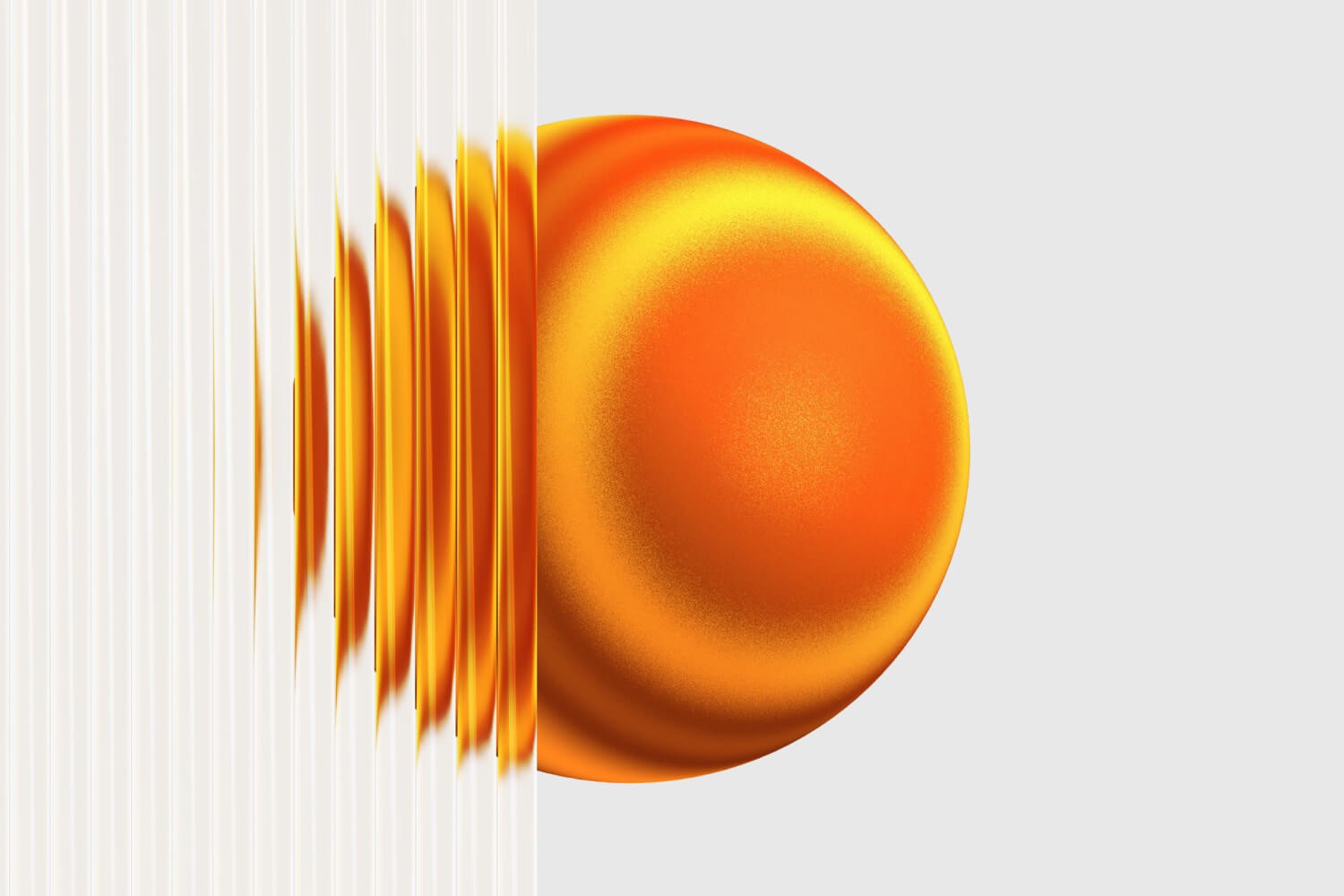TheBrandIdentity
Web Development for Startups: Turning Pixels Into Profit
A high-performing website isn’t just a tech asset—it’s a profit center. Recent studies show that every one-second delay in page load can depress conversions by 7 – 20 %, while 53 % of mobile users abandon a page that takes longer than three seconds to appear. Conversely, organizations that invested in custom web solutions reported an 83 % lift in conversion rates and a 41 % lower bounce rate than off-the-shelf templates. For a bootstrapped or investor-funded startup, those swings translate directly into revenue, runway, and ultimately valuation.
Concept & Preparation
Enterprise UX advisor Marko Savic recommends building a lightweight business case: tally potential gains from higher conversion (use your current traffic and average deal size) and weigh them against projected build costs. According to a 2024 survey of marketing VPs, B2B leaders who do this homework typically see ROI inflection in 6–12 months after a redesign.
James Curran, known for his playful and vibrant animations, emphasizes the importance of storyboarding. “Storyboards help you visualize the sequence of events and plan transitions,” Curran notes. “They act as a blueprint for your project, saving you time and preventing unnecessary revisions later on.”
Industry veteran Andrew Kramer of Video Copilot stresses the need for mastering the basics. “Understanding the principles of animation, such as timing, spacing, and easing, is crucial,” he says. “These fundamentals apply to everything, whether you're creating a simple logo animation or a complex scene.”
Timing and pacing are critical elements in motion graphics. Sarah Beth Morgan, a freelance motion designer, advises creators to be meticulous about the flow of their animations. “Pacing can make or break your animation,” she asserts. “Experiment with different speeds and pauses to find the rhythm that best conveys your message.”
"Your website is your loudest salesperson—give it a quota."
That mantra, shared by growth strategist Ayesha Khan, reframes web development as a revenue exercise, not a design project. Before you wireframe a single screen, map the three outcomes that matter most to your balance sheet—e.g., qualified demo bookings, subscription checkouts, or inbound partnership leads. With clear KPIs in place, every user-flow decision is judged by its impact on those goals.
Incorporate Design & Optimize
Sound design is often an overlooked aspect of motion graphics, but it can significantly enhance the viewer’s experience. Joey Korenman of School of Motion highlights the role of audio in creating immersive animations. “Sound effects and music add depth and realism,” he explains. “They can emphasize actions, set the mood, and keep viewers engaged.”
Different platforms have varying requirements and audience expectations. Beeple, an influential digital artist, advises tailoring your motion graphics to the specific platform. “Whether it’s Instagram, YouTube, or a website banner, consider the dimensions, duration, and user behavior,” he recommends. “Optimizing for the platform ensures your work looks professional and reaches its full potential.”
The field of motion graphics is constantly evolving, with new tools and techniques emerging regularly. Erin Sarofsky, founder of Sarofsky Corp., encourages continuous learning and experimentation. “Stay curious and don’t be afraid to try new things,” she says. “Attend workshops, follow industry leaders, and push the boundaries of your creativity.”
Conclusion
Creating impactful motion graphics requires a blend of creativity, technical skill, and thoughtful planning. By following these tips from industry experts, you can elevate your work and produce animations that resonate with your audience. Remember, the key is to start with a solid concept, master the basics, and never stop experimenting. The world of motion graphics is vast and exciting—dive in and make your mark!







